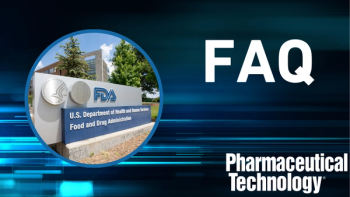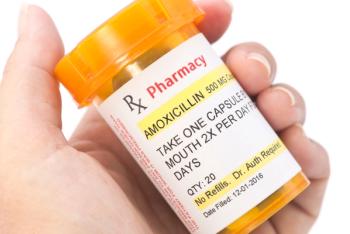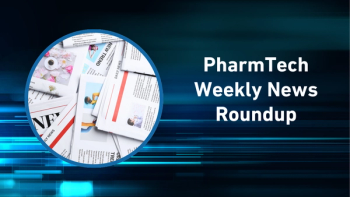
Discussing Oligonucleotide Challenges in Analytics and Purification (AAPS PharmSci 360)
Matthew Lauber, senior director—Cell and Gene Therapy, Consumables & Lab Automation, at Waters Corporation discusses the analytical and downstream purification challenges of oligonucleotides.
In an exclusive interview with Pharmaceutical Technology® at AAPS PharmSci 360, Matthew Lauber, senior director—Cell and Gene Therapy, Consumables & Lab Automation, Waters Corporation, discusses the analytical and downstream purification challenges of working with oligonucleotides (oligos). He notes that the pharmaceutical landscape is changing—diversifying into more types of molecules.
Of oligos, he says, “Synthetic oligonucleotide therapies represent a type of molecule that's a little bit in between both worlds, being that they’re synthetically produced, yet they are really large molecules in a way —they're 15- to 30-mer residue long oligonucleotides. But being that they're chemically synthesized, what is occurring right now in the landscape—in the pipeline—is they're being modified extensively with phosphorothioate backbones, with methyl group modifications, and, on top of this, they're being conjugated with new saccharide and lipid moieties so that they can be very carefully controlled for their absorption.”
Meanwhile, commenting on some key challenges in the downstream purification of oligo molecules, Lauber explains that “because they are so exquisitely modified, these chemically synthesized oligonucleotides also need to be carefully purified, and this is usually done through anion exchange or first-phase preparative chromatography.”
“With this,” he continues, “the impurities have to be analyzed to at least 0.1% relative abundances and thoroughly understood. Many companies are working very hard on characterizing those impurities.”
Lauber goes on to explain that, even with a purified drug substance, however, there is another type of analysis—quantitative bioanalysis—that is important. This quantitative bioanalysis enables researchers to “see what happens with the drug once it's dosed to an animal model, or first studied in in-vitro cell analysis, or later on in clinical study as the first-in-humans study.”
AAPS PharmSci 360 ran Oct. 22–25 in Orlando, Fl.
View Lauber’s video interviews about the
Newsletter
Get the essential updates shaping the future of pharma manufacturing and compliance—subscribe today to Pharmaceutical Technology and never miss a breakthrough.





